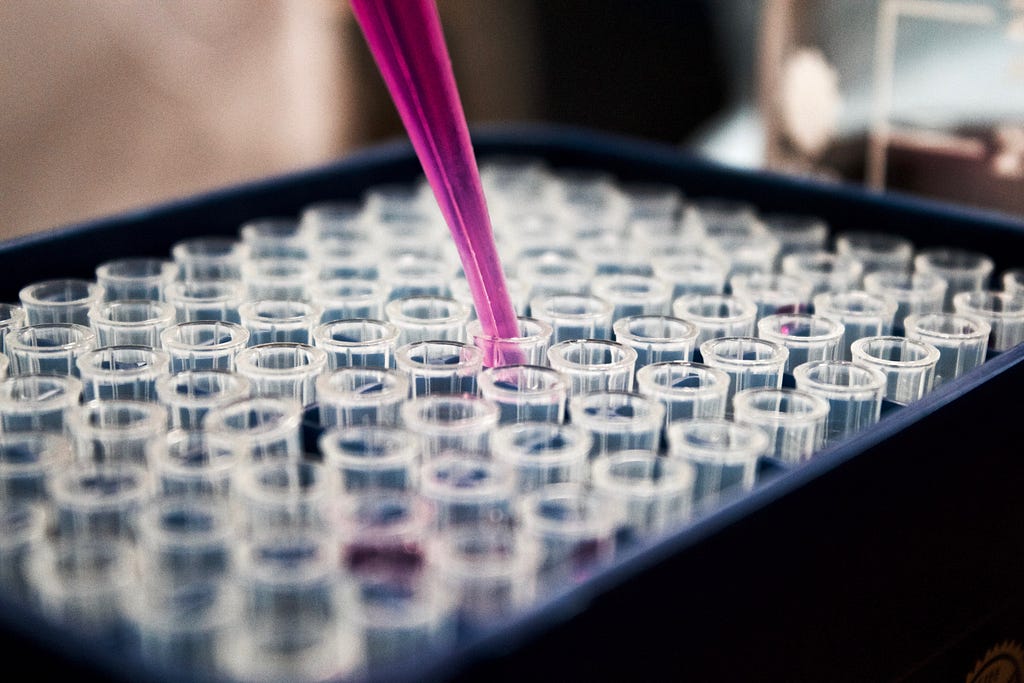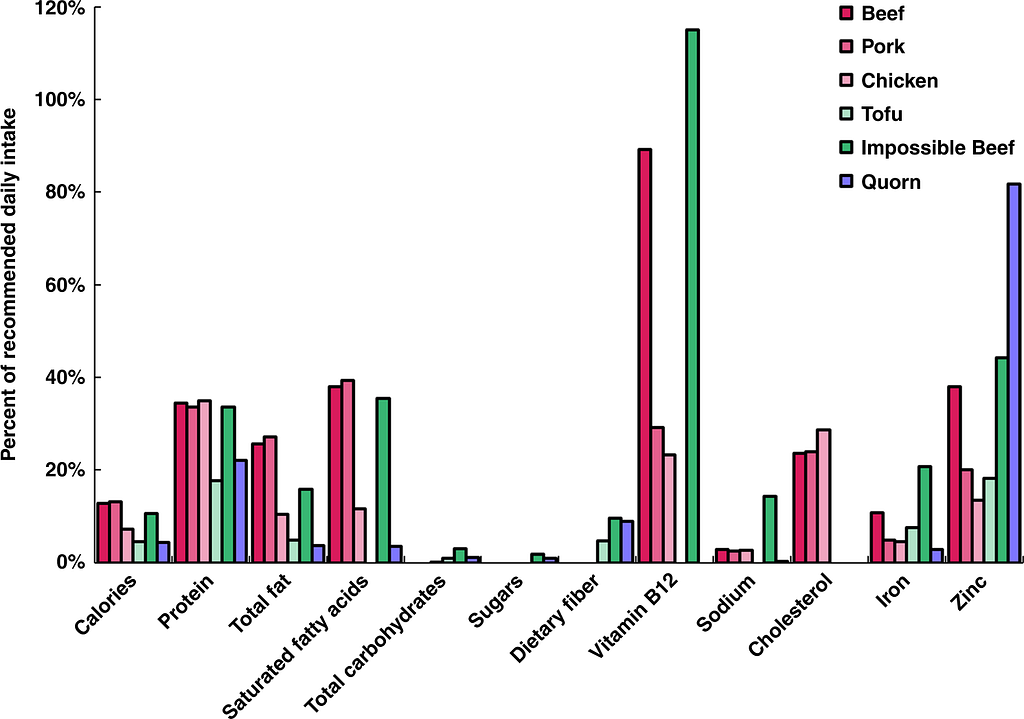By Ethan Chung, MEng ’23 (BioE)
This op-ed is recognized as the Best Overall Op-ed and awarded the Alumni Award in the annual Berkeley MEng op-ed contest and part of a series from E295: Communications for Engineering Leaders. In this course, Master of Engineering students were challenged to communicate a topic they found interesting to a broad audience of technical and non-technical readers. As an opinion piece, the views shared here are neither an expression of nor endorsed by UC Berkeley or the Fung Institute.
“Given how this alternate meat source can achieve a lower environmental impact, avoid moral ambiguity, and maintain a robust efficacy for health safety and quality control, we should go one step further and establish these kinds of methods as the new standard for how we source our protein.”Over the years, countless ecological impact studies have thoroughly documented the direct link between conventional animal-based meat cultivation and greenhouse gas emissions, incredible water use, and land degradation (Rubio et al. 2020). These environmental costs can be primarily attributed to the fact that all land-based livestock need feed (grass, hay, etc.) to survive, which requires a lot of additional land and water (Godfray et al. 2019). Cell-based meat manufacturing on the other hand side-steps this feedstock requirement in its entirety, exponentially decreasing its overall environmental impact on land use, eutrophication, and greenhouse gas emission as shown in the graph on the right (Rubio et al. 2020). Looking at this same visual, one can also see cell-based meat production’s one environmental drawback: its energy intensity. While noticeable, it is important to remember that this industry is less than a decade old, and engineers are currently working to decrease the energy it takes to maintain cell cultures. Therefore, given time (especially within the next two decades) and the right engineers, this environmental caveat will soon become negligible.

“Especially considering that cell lines and cultures can be cultivated without killing their animal host.”Nonetheless, the most important reason for steering towards cell-based alternatives is their positive impact on human health. As H1N1 flu, Avian Influenza, and COVID-19 have taught us, species-jumping diseases that originate from unsanitary livestock conditions can be detrimental to the welfare of all humans. Furthermore, considering that many of these zoonotic pandemic-level diseases proliferated within just the last two decades demonstrates how dangerous continuing down the path of unchecked large-scale animal agricultural production would be (Santo et al. 2020).
“Conversely, current cell-based meat cultivation methods have more in common with pharmaceutical development rather than a slaughterhouse.”In order for the desired protein cells to grow they must be isolated from external bacteria and other threatening microorganisms that can compete for the cell’s nutrient media. Therefore intense sterile parameters within bioreactors and clean rooms are required to create successful meat products. These same conditions and practices help isolate possible outbreaks from diseases like salmonella before they reach the general public as batches of protein cells are already quarantined in separate single-use bioreactors and can be easily disposed of if contaminated. The future is clear. If we want to sustainably provide humanity’s later generations with the nutritional value they will need over the coming few decades, switching to favor alternative protein sources is the best course of action. Having personally spent a few years designing cell-based meat production facilities as a process engineer, I know firsthand that the time for both engineers and investors to dedicate their knowledge and resources to this effort is now. The need to decrease our environmental impact, the desire to have guilt-free meat, and the value of protecting the general public from health hazards are already addressed with this young growing field. With time, the cell-based meat industry will reach its full potential and yield benefits too large and too attractive to ignore, and with more support, that time can come sooner rather than later. References Godfray, Charles J., et al. “White Paper Meat: The Future Series Alternative Proteins.” Weforum.org, World Economic Forum, Jan. 2019, https://www3.weforum.org/docs/WEF_White_Paper_Alternative_Proteins.pdf. Ong, Shujian, et al. “Cell-Based Meat: Current Ambiguities with Nomenclature.” Trends in Food Science & Technology, Elsevier, 20 Feb. 2020, https://www.sciencedirect.com/science/article/abs/pii/S0924224419308131. Rubio, Natalie R., et al. “Plant-Based and Cell-Based Approaches to Meat Production.” Nature News, Nature Publishing Group, 8 Dec. 2020, https://www.nature.com/articles/s41467-020-20061-y. Santo, Raychel E., et al. “Considering Plant-Based Meat Substitutes and Cell-Based Meats: A Public Health and Food Systems Perspective.” Frontiers, Frontiers, 31 Aug. 2020, https://www.frontiersin.org/articles/10.3389/fsufs.2020.00134/full?utm_source= F-AAE%26utm_medium. Connect with Ethan. Edited by Mary Tran.
Op-ed: The sustainable future of protein is in the cell lab, not the farm was originally published in Berkeley Master of Engineering on Medium, where people are continuing the conversation by highlighting and responding to this story.